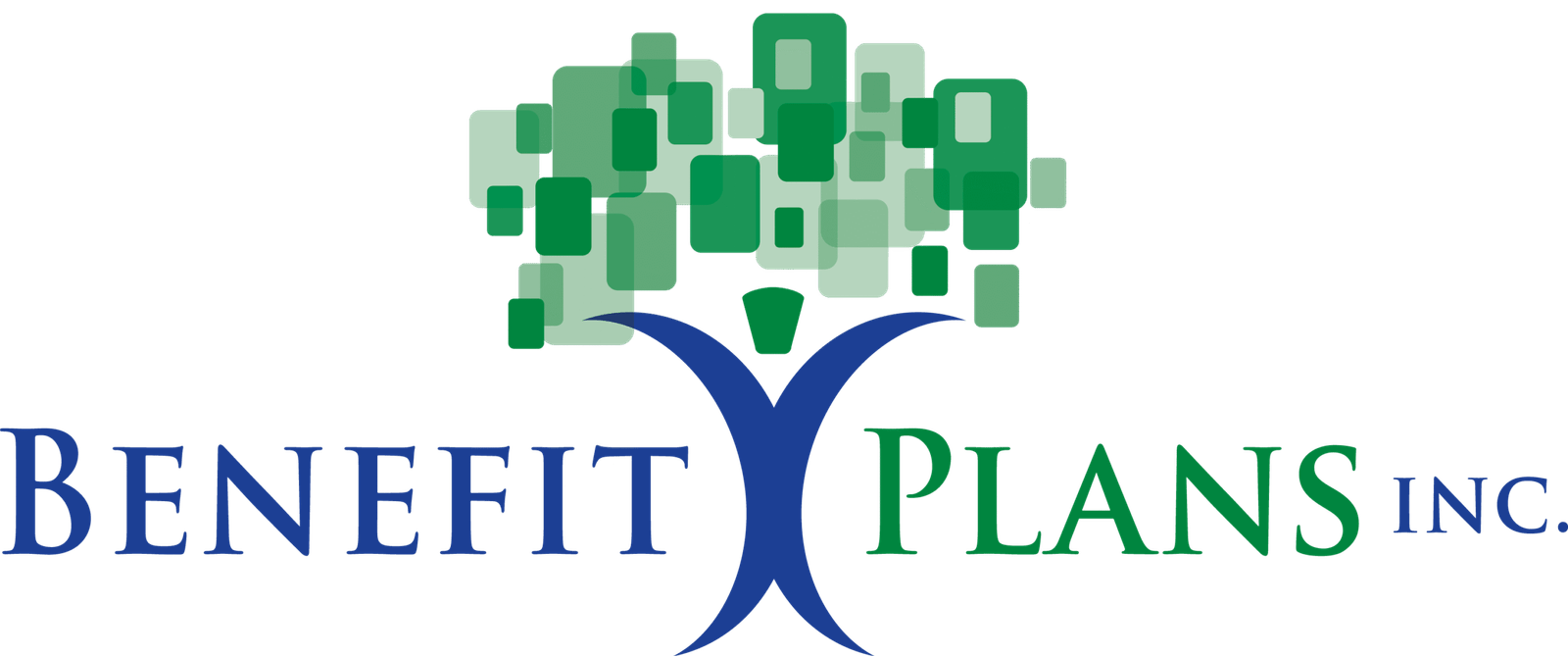The Great Benefits Shift: What Employees Really Want in 2025
The workplace has transformed, and so have employee expectations. Gone are the days when a competitive salary and standard health insurance were enough to attract and retain top talent. Today’s workforce is demanding more—and companies that don’t adapt risk losing their best people to competitors who will.
So what exactly do employees want in 2025? Let’s break down the great benefits shift and what it means for your organization.
The New Non-Negotiables
Mental Health Support Takes Center Stage
Mental health is no longer a taboo topic—it’s a business priority. Employees are actively seeking employers who offer robust mental health resources, from therapy coverage and Employee Assistance Programs (EAPs) to mental health days and stress management workshops.
What employees want:
- Access to licensed therapists and counselors
- Mental health days separate from sick leave
- Mindfulness and meditation app subscriptions
- Manager training on mental health awareness
- A culture that destigmatizes asking for help
Flexibility is the New Currency
The 9-to-5, five-days-in-office model is dying. Employees have tasted flexibility, and there’s no going back. Whether it’s remote work options, hybrid schedules, or flexible hours, autonomy over when and where work happens is now a top priority.
What employees want:
- Hybrid or fully remote work options
- Flexible start and end times
- Results-based performance metrics (not hours logged)
- Trust and autonomy in how they manage their time
- Technology that enables seamless remote collaboration
Financial Wellness Beyond the Paycheck
Inflation, student debt, and economic uncertainty have made financial stress a major concern. Employees want employers who help them build long-term financial security and navigate immediate financial challenges.
What employees want:
- Student loan repayment assistance
- Financial planning and coaching services
- Emergency savings programs
- Retirement matching that actually makes a difference
- Transparent pay equity and regular compensation reviews
Generational Differences: One Size Doesn’t Fit All
Different generations have different priorities, and smart companies are tailoring benefits accordingly:
Gen Z (born 1997-2012):
- Career development and learning opportunities
- Mental health resources
- Student loan assistance
- Purpose-driven work and social responsibility
- Flexibility and work-life integration
Millennials (born 1981-1996):
- Family planning benefits (fertility, adoption assistance)
- Childcare support
- Financial wellness programs
- Career advancement opportunities
- Flexible work arrangements
Gen X (born 1965-1980):
- Retirement planning and wealth building
- Elder care support
- Health insurance with comprehensive coverage
- Job security and stability
- Professional development
Baby Boomers (born 1946-1964):
- Comprehensive health coverage
- Retirement transition support
- Phased retirement options
- Recognition for experience and contributions
- Healthcare cost management
The Rise of Holistic Wellness
Employees want benefits that support their whole lives, not just their work lives. Holistic wellness programs address physical, mental, financial, and social well-being.
What’s trending:
- Wellness stipends for gym memberships, fitness classes, or home office equipment
- Nutrition counseling and healthy meal programs
- Social connection initiatives (team activities, volunteer opportunities)
- Sleep health resources
- Preventive care incentives
Benefits That Signal Your Values
Today’s employees—especially younger generations—want to work for companies whose values align with their own. Your benefits package is a powerful way to demonstrate what you stand for.
Values-driven benefits include:
- Generous parental leave for all parents (not just birth mothers)
- Volunteer time off and donation matching
- DEI initiatives and employee resource groups
- Sustainability programs and green commuting incentives
- Support for continuing education and skill development
What’s Driving Job Switches in 2025?
Recent studies show that employees are leaving jobs primarily due to:
- Lack of flexibility (42% of job switchers)
- Insufficient mental health support (38%)
- Poor work-life balance (35%)
- Limited career growth opportunities (33%)
- Inadequate benefits packages (31%)
Notice a pattern? Most of these aren’t about salary—they’re about quality of life and feeling valued.
How to Adapt Your Benefits Strategy
1. Listen to Your People Survey your employees regularly. What matters to them? What would make their lives easier? Don’t assume—ask.
2. Prioritize Flexibility If you can only make one change, make it this. Flexibility costs little but delivers enormous value.
3. Communicate Clearly Many employees don’t fully understand their benefits. Invest in clear communication, benefits education, and easy-to-use platforms.
4. Stay Competitive Benchmark your benefits against industry standards and local competitors. If you’re falling behind, you’ll lose talent.
5. Think Long-Term Benefits aren’t expenses—they’re investments in retention, productivity, and culture. Calculate the ROI of keeping your best people.
The Bottom Line
The great benefits shift isn’t a trend—it’s the new reality. Employees have more choices, more information, and higher expectations than ever before. Companies that recognize this shift and adapt their benefits accordingly will win the talent war. Those that don’t will struggle to compete.
The question isn’t whether you can afford to upgrade your benefits—it’s whether you can afford not to.
